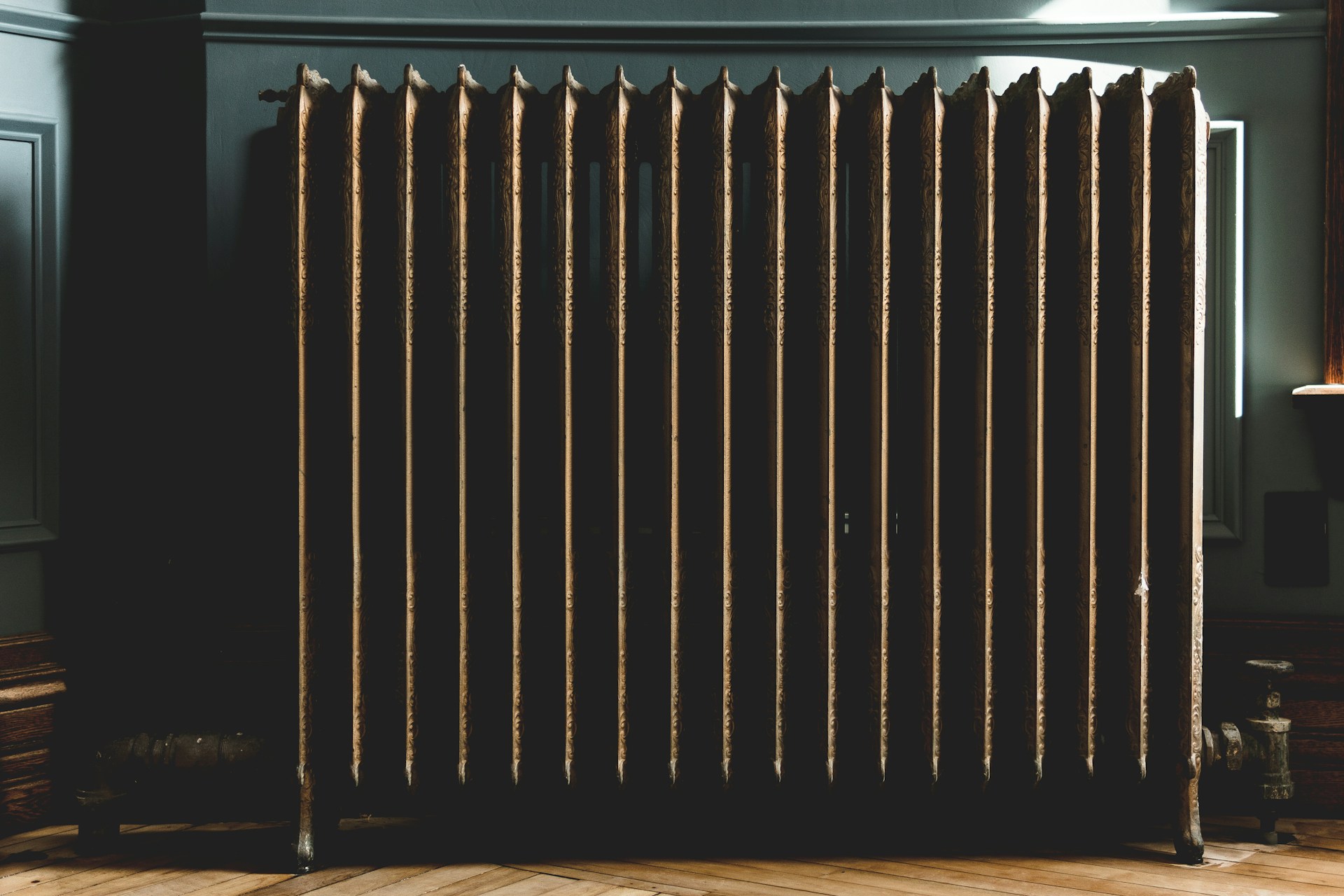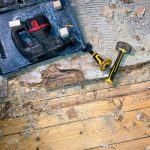Underfloor heating can transform your UK cottage into a cozy retreat. With various systems available, choosing the right one can be daunting. Factors like energy efficiency, installation costs, and the specific needs of your space matter greatly. This guide will help you navigate these options, providing insights to ensure you find the perfect underfloor heating solution that suits both your budget and lifestyle, while enhancing comfort and warmth in your beloved home.
Overview of Underfloor Heating Systems
Underfloor heating systems provide a modern and efficient approach to warming homes, particularly popular in the UK. They offer a comfortable and even heat distribution, enhancing the overall living environment. When exploring underfloor heating types, there are two primary systems to consider: electric and water-based.
A lire en complément : Find your ideal insulated cup with straw for every sip
Electric underfloor heating involves a network of electrical wires installed beneath the floor. It's generally easier to install and ideal for smaller spaces or specific rooms. This system heats up quickly, providing swift warmth, making it a suitable choice for those seeking rapid heating solutions.
In contrast, water-based systems, also known as hydronic systems, circulate warm water through pipes under the floor. These systems are more energy-efficient in the long run, especially for larger areas or entire homes. They are particularly advantageous for cottages, where a consistent and sustainable heat source is desirable.
A découvrir également : Choosing Energy-Efficient Windows for Your Victorian Home: A Comprehensive Guide for UK Homeowners
When selecting heating systems for cottages, consider factors like installation complexity, energy efficiency, and the specific heating needs of the space. While electric systems offer simplicity and speed, water-based systems excel in efficiency and can be integrated with existing UK heating solutions, offering a comprehensive approach to home comfort.
Energy Efficiency and Cost Considerations
When evaluating underfloor heating systems, understanding their energy efficiency is crucial. Electric systems typically have lower installation costs but may lead to higher energy bills due to electricity prices. Conversely, water-based systems, while more expensive to install, often boast superior energy efficiency. They can be integrated with renewable energy sources, reducing long-term costs.
In terms of energy efficiency ratings, water-based systems generally outperform electric ones. This is particularly relevant in the UK, where energy costs are a significant concern for homeowners. By circulating warm water through pipes, these systems maintain consistent temperatures with less energy consumption.
Cost of underfloor heating involves more than just installation expenses. Homeowners should consider long-term savings, as heating system savings can be substantial. Water-based systems, for example, often result in lower heating expenses over time, making them a prudent choice for cottages.
Factors affecting overall heating costs include insulation quality, energy tariffs, and system maintenance. Properly insulated homes can maximise the benefits of underfloor heating, ensuring warmth without excessive energy use. By carefully considering these elements, homeowners can make informed decisions about their heating systems.
Installation Processes and Requirements
When considering underfloor heating installation, understanding the process is essential. Whether opting for a DIY approach or hiring professionals, each method has its considerations.
DIY Installation can be appealing for those with a knack for home improvement. It requires a meticulous approach and the right tools, such as a multimeter, insulation panels, and a screed. Begin by preparing the subfloor, ensuring it's level and clean. Next, lay down insulation panels to enhance efficiency. Install the heating elements or pipes according to the manufacturer's guidelines, ensuring even spacing. Finally, cover with screed or flooring material, allowing adequate curing time.
On the other hand, hiring professional installers offers peace of mind and expertise, especially for complex systems like water-based underfloor heating. Professionals ensure compliance with building regulations and optimal system performance. They handle intricate tasks like connecting to existing heating systems and setting up thermostats for efficient operation.
When deciding between DIY and professional installation, weigh factors like budget, complexity, and personal skill level. For those less experienced, professional installation might be the safer route, ensuring longevity and efficiency of the heating system.
Maintenance and Troubleshooting
Proper underfloor heating maintenance is essential for ensuring the system's longevity and efficiency. Regular checks include inspecting the thermostat settings and ensuring they are correctly calibrated. It's also crucial to examine the flooring for signs of uneven heating, which may indicate underlying issues. Cleaning any dust or debris from vents and ensuring unobstructed airflow can prevent overheating.
When facing system troubleshooting, start by verifying the power supply and checking for tripped circuit breakers. If the system is not heating evenly, inspect the connections and look for damaged wires or leaks in water-based systems. Adjusting the thermostat or resetting the system can resolve minor issues. However, persistent problems may require professional assessment.
Common issues with underfloor heating systems include fluctuating temperatures and unusual noises. These can often be traced back to faulty thermostats or airlocks in the pipes. Addressing these promptly can prevent further complications.
For more complex concerns, it's advisable to consult recommended professionals who specialise in underfloor heating repairs. They possess the expertise to handle intricate tasks like leak detection and electrical repairs, ensuring the system operates smoothly and efficiently.
Case Studies and Regional Considerations
When exploring underfloor heating case studies in UK cottages, several successful installations highlight the system's benefits. In a quaint Yorkshire cottage, homeowners opted for a water-based system, emphasising its energy efficiency and suitability for larger areas. They reported a significant reduction in heating bills and appreciated the consistent warmth throughout their home. This case underscores the system's compatibility with older buildings, where maintaining a cosy atmosphere is paramount.
UK climate considerations play a crucial role in heating system selection. The UK's temperate climate, with its chilly winters, necessitates efficient heating solutions. Underfloor heating, particularly hydronic systems, excels in providing steady warmth, crucial for cottages often characterised by draughty conditions. Homeowners in regions like Scotland, where temperatures can plummet, have found these systems invaluable for maintaining comfort.
Insights from homeowners reveal a preference for cottage heating solutions that offer both efficiency and ease of integration. Many recommend thorough insulation to maximise system performance. Their experiences highlight the importance of tailoring heating solutions to specific regional climates, ensuring optimal comfort and cost-effectiveness. These insights can guide others in making informed decisions about underfloor heating installations.
















